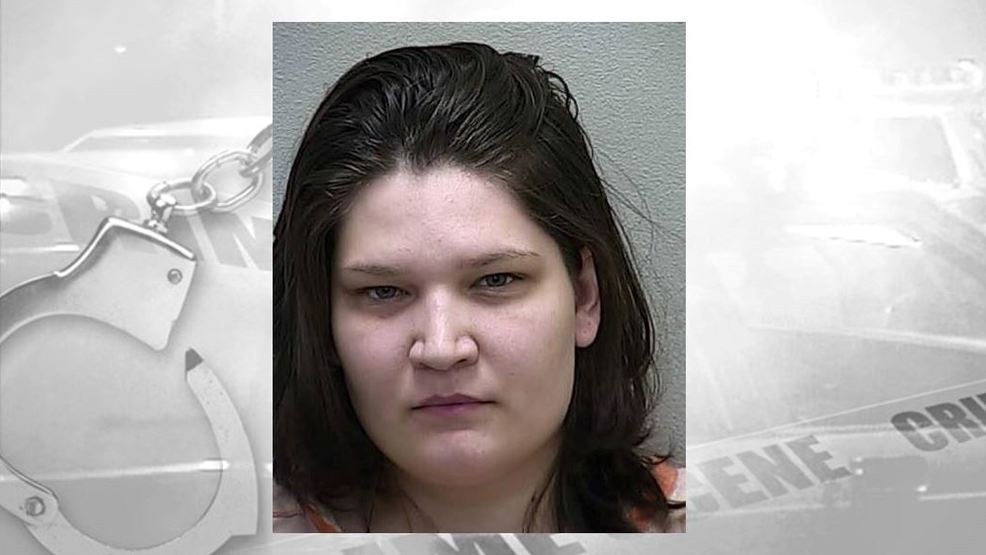A 23-year-old woman in DUNNELLON, Fla. is being accused of shaking a one-month old baby, which resulted in permanent brain damage, the Marion County Sheriff’s Office said.
According to the sheriff’s office, onn Aug. 20, Major Crimes detectives were contacted by investigators with the Department of Children and Families in reference to a possible child abuse case at the 18000th block of Southwest Highway 328.
Detectives responded to the hospital to find that the baby had multiple injuries, which included bruising on his chest, back, leg and neck areas.
The baby was also bleeding inside the brain and had two subdural hematomas, one on the back side of the brain and one on the front side of the brain.
Doctors determined that the infant was injured approximately 24-hours before he was brought to the hospital by Rayven Annette Russell, the sheriff’s office said. Detectives also learned that these injuries were inflicted on the child while he was in Russell’s care.
In an interview, Russell told detectives that she shook the baby out of frustration because he would not stop crying, according to the sheriff’s office. The woman added that she regrets her actions and would never do it again.
Russell was arrested and is now facing one count of aggravated child abuse.
The child has since been released from the hospital and has been placed with a medical caregiver.
According to MayoClinic:
Shaken baby syndrome — also known as abusive head trauma, shaken impact syndrome, inflicted head injury or whiplash shake syndrome — is a serious brain injury resulting from forcefully shaking an infant or toddler.
Shaken baby syndrome destroys a child’s brain cells and prevents his or her brain from getting enough oxygen. Shaken baby syndrome is a form of child abuse that can result in permanent brain damage or death.
Shaken baby syndrome is preventable. Help is available for parents who are at risk of harming a child. Parents also can educate other caregivers about the dangers of shaken baby syndrome.
Shaken baby syndrome symptoms and signs include:
- Extreme irritability
- Difficulty staying awake
- Breathing problems
- Poor eating
- Tremors
- Vomiting
- Pale or bluish skin
- Seizures
- Paralysis
- Coma
Other injuries that may not be initially noticeable include bleeding in the brain and eye, damage to the spinal cord and neck and fractures of the ribs, skull and bones. Evidence of prior child abuse also is common.
In mild cases of shaken baby syndrome, a child may appear normal after being shaken, but over time he or she may develop health, learning or behavior problems.
When to see a doctor
Seek immediate help if you suspect your child has been injured by violent shaking.
Contact your child’s doctor or take your child to the nearest emergency room. Getting medical care right away may save your child’s life or prevent serious health problems.
Health care professionals are legally required to report all suspected cases of child abuse to state authorities.
Babies have weak neck muscles and often struggle to support their heavy heads. If a baby is forcefully shaken, his or her fragile brain moves back and forth inside the skull. This causes bruising, swelling and bleeding.
Shaken baby syndrome usually occurs when a parent or caregiver severely shakes a baby or toddler due to frustration or anger — often because the child won’t stop crying.
Shaken baby syndrome isn’t usually caused by bouncing a child on your knee, minor falls or even rough play.
